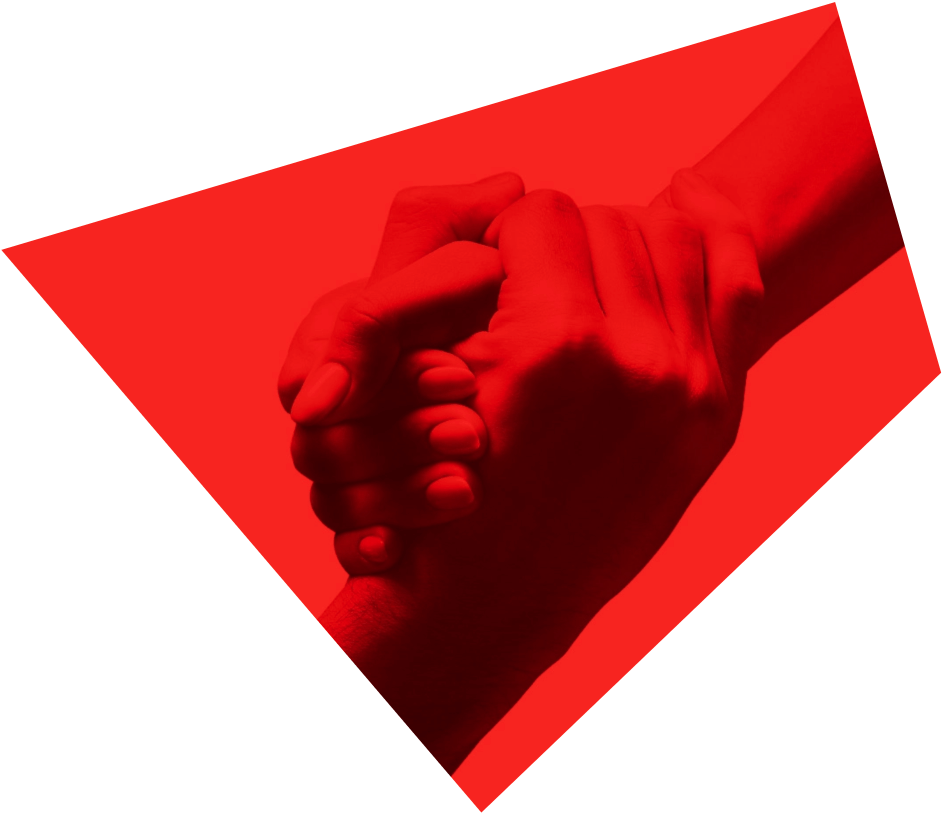How to show without telling in advertising
Neuromarketing sounds big, bad and evil, but it’s really quite simple. Perhaps it’s best described as marketing to our subconscious.
Bud Light uses humor. That’s neuromarketing. Chevy trucks use visualization — ‘Like a rock.’ That’s neuromarketing.
Imagine you’re hiking and you see something brown, thin, and long in your path. Instinctively you jump back before your conscious brain has had time to process whether the thing is a dangerous snake or a harmless stick. Your subconscious brain, the same brain that jerks your finger back off a hot skillet before you can process it as a danger, ‘overrode’ your other sensations.
Marketing to that ultra-powerful subconscious brain is neuromarketing. How does such marketing relate to politics? Is it evil? Does it ‘cheat’ or somehow trick the voter? No way. Another term for it might simply be ‘good advertising.’
The idea of neuromarketing is that the use of a base emotional appeal — love, fear, humor, anger — will be more effective than a factual appeal. It suggests that visuals are more readily accepted by the subconscious than words.
Is that new? Well, didn’t we hear as children that one picture is worth a thousand words? That’s neuromarketing.
While it might surprise some, we’re really not talking about a new concept in politics. Neuromarketing is a tactic that has been in use in some form for many cycles now, and my firm has applied the basic principles behind it on ad campaigns dating back more than a decade.
Let’s start with an example from 2004: We produced an ad for the reelection campaign of George W. Bush. There were zero spoken words in it. It showed a powerful static shot of a rock being pounded by ocean waves. The rock never moved, never wavered. After thirty seconds, a simple graphic with three words appeared, ‘Peace through strength.’ The Bush campaign debated the approach, but never chose to use it. That one ad, though, was why the McCain presidential campaign said that they hired us to head their ad team four years later.
Gov. Arnold Schwarzenegger was up for reelection in California in 2006. It’s easy to forget that, when that campaign began, he was behind by double digits to the generic Democrat. The theme of the campaign was whether voters wanted to go back to the days of the previously recalled governor, Gray Davis, or to continue Schwarzenegger’s reforms.
Neuromarketing is not magic. It’s not cheating. It’s simply marketing to people in a way that’s most effective. Use pictures. Use humor. Use comfort. Use the same emotions that marketers use each day to tell us about automobiles, beer and banks.
Traditional marketing would have suggested that we use detail, numbers, facts and figures to prove we were better off under the new governor. The use of neuromarketing, however, provided a more powerful way to message that backward-or-forward choice to voters. We simply ran all of our advertising visuals that referred to our opponent backward. Birds flew backward; cars drove backward; people walked backward.
Bob Garfield, the advertising critic from Advertising Age, wrote, ‘Between now and November, Schwarzenegger can get caught groping Miss Teen Fresno, the California Republican Party can make Barry Bonds its chairman and President Bush can declare war on Oregon. Arnold is still a lock.’ That’s neuromarketing.
Sonny Perdue, a relatively unknown former Democrat, ran in 2002 as a Republican for governor of Georgia. He had two well-known primary opponents and an immensely popular and well-funded general election opponent in incumbent Gov. Roy Barnes. His message was seemingly simple, but unusual: the governor had become a monarch, autocratically ruling the state and ignoring the people. That would be tough to prove with facts and figures.
As a visual, though, it proved arresting. A giant rat named ‘King Roy,’ as tall as Atlanta’s skyscrapers, was soon seen in a campaign film, rampaging through Georgia and doing as he wished. It caught fire. Sonny Perdue won the primary without a runoff and became a two-term governor of Georgia.
Neuromarketing is not magic. It’s not cheating. It’s simply marketing to people in a way that’s most effective. Use pictures. Use humor. Use comfort. Use the same emotions that marketers use each day to tell us about automobiles, beer and banks.
Use your brain. That’s Neuromarketing.
Fred Davis is chairman and founder of Strategic Perception Inc., a Republican media firm.
Reprinted with permission from Campaigns & Elections, August 18 2014. Featured artwork was not included in the original article.
